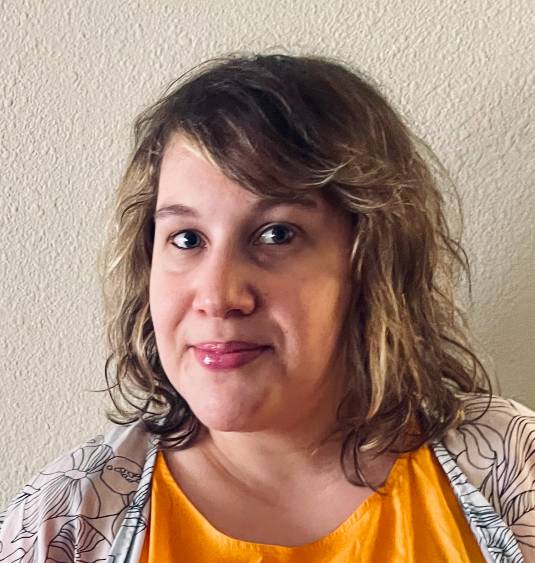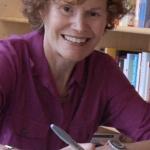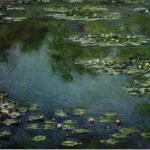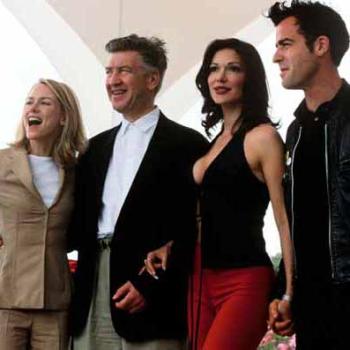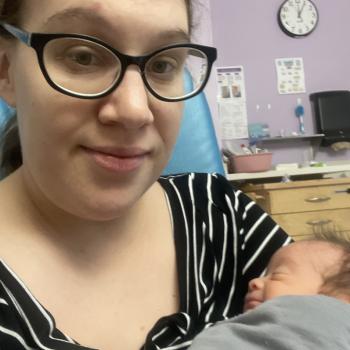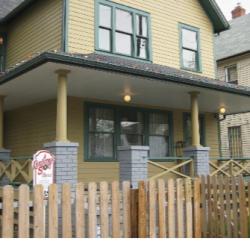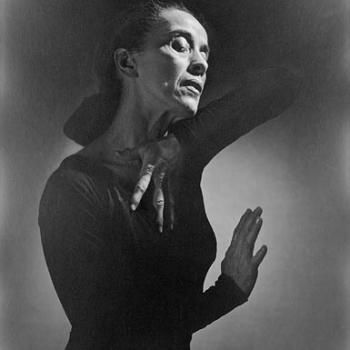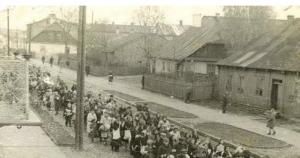
My experience as a Jewish person in the United States
When I was in elementary school, I became keenly aware of my Jewish identity in a number of ways. Some of these ways were innate, I would share my thoughts and experiences with my friends at school about holidays and things I did that were unlike their own households(like lighting the Menorah for Chanukah and no Christmas lights on the house).
On one occasion in third grade(according to one of my best friend’s who retold this memory better than I remembered), I had brought a dreidel to school for show and tell and explained to the class it’s purpose (the game and how to play).
Other memories were in a different sort of category, more that were in league with a deeper understanding of identity.
My mother (Perlstein is her maiden name), was raised in a strict Jewish manner (separate dishes for different types of food and kosher) up until she met my father, who was non-Jewish. This was important as her parents were extremely against her marrying outside the religion, always trying to get her to meet Jewish men to see if it was a match. But, you don’t always get to choose who you fall in love with! My mother loved a man who was a goy (a Yiddish word for a non-Jewish person), but in her parents eyes, he was a mensch(a person of good faith, good moral standing), and he respected the Jewish faith, so they approved the marriage.
A funny story my mother told me was when my father would bring in non-kosher foods into the house, her mother(my baba, which is grandmother), would drape newspapers over the kitchen table to keep the table “clean,” so they could eat the non-kosher food in peace. Keeping kosher in my mother’s childhood house was extremely detailed. So detailed that for Passover, all the dishes for regular meals would be packed away in boxes to make room for the dishes, silverware and cups to be used specifically for Passover… only for the same process to be reversed once the holiday was over with the Passover dishes being packed away and the regular plates brought back.
Then, it all changed. Somewhat(my mother was still Jewish but not as strict with the kosher stuff, so she became reform). They got married and had three daughters, which comprised of myself and my two younger twin sisters.
In terms of Jewish identity, I always wanted more out of my culture, religion and that whole expression of Jewish history. Something I couldn’t invariably express in words. It was a conversation that I always felt out of touch with when it came to discussing it with my mother, up until recently.
My mother expressed to me something about generational trauma in regard to our Jewish heritage and it rang true to me as well as her. In elementary school, as she and her classmates were learning about World War II, it struck her deeply, almost in a deep, pitfall way, when learning about the plight of the Jewish people and the extermination of six million Jews in Nazi Germany under Adolf Hitler’s reign.
This deep generational sense of trauma and sadness that ripped through her caused a very real sense of fear inside of her, giving her Jewish identity a divided, cracked feeling. The fear of being hated for something she had no control over, even as she was not ashamed over her heritage, it was a serious trauma that forged a relationship of long-term fear that others would judge her for. Now, it is a way to see herself and her family in a new way with love and healing.
This was an important and huge breaking-point to my own Jewish identity and I was incredibly proud of my mother for expressing this to me. I felt like the repressed generational dam was breaking, and the waters of fear and trauma were being let out in a healing way.
In terms of my early childhood, I never felt outcasted by my classmates for being born Jewish, and I was proud and very inquisitive about my heritage and my Jewish history. However, a few times in particular, I remember feeling a pinch of that heavy burden that was our sad and dark history set on my tiny shoulders as a child. Once, at lunch, one of my very best friends out of the blue looked at me and very seriously said, “If the Nazis ever come back, you and your family can live in our attic.”
I remember saying thank you genuinely to this message and then going about my lunch like it was nothing, as if this was just something Jews would eventually have to hear or deal with again… and it was a reality that we must endure.
I also remember another uncanny moment at my aunt’s house as we prayed during Seder, and I had been anxiously watching the front door (the dining room was near the front of the house), hoping the Nazis wouldn’t storm in to get us.
Now, as an adult, with my own Jewish sons(my oldest being thirteen and on the way to having his Bar Mitzvah this year!), Noah and Ismael, I see things in a more complicated and clear manner. Yes, I know that it’s not as black and white as how I used to see things, or even as my sweet friend did, but I do see how the shootings in synagogues and churches have a traumatic effect on all of us, both young and old.
I had never seen many Jewish artists growing up except in films or TV, so coming across Jewish art that encapsulates our rich and beautiful culture and identity intertwined with our important history, was a very special opportunity to share.
Modern Ukraine Invasion and how Art can Support Morale and not to repeat history
The war effort against Russia in Ukraine mirrors a war-torn Poland and the invasion led by Germany in 1939, with huge supporters for Ukraine such as the United States and the European Union, we can see a situation where ties between history can interconnect. When a country is invaded, what becomes of its people? Their identity? Their customs? Their churches? Their culture?
Does the cold mechanisms of the seemingly continuous waring industrial complex drown out the cries of the commonplace, everyday people?
Unfortunately, it can. But, I feel art in many ways can give back the voice of so many of these people. Their ideas, their identity, their spirit, their passion and their truth to faith.
Late-night artist Banksy, for instance, uses anti-war images and several thought-provoking pieces in his efforts to help the people of Ukraine with morale and even raising $106,505 dollars for a children’s hospital in Kiev for a piece titled CND Soldiers. These sorts of pieces (Banksy created seven original anti-war pieces in Ukraine)placed meticulously in war-torn sites and bombed hospitals truly evoke a sense of humanity and togetherness even in the horrors of invasion and war.
‘Those who do not learn history are doomed to repeat it.’ -philosopher George Santayana
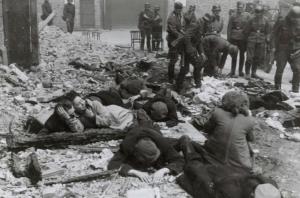
Stroop Report – Warsaw Ghetto Uprising 11, picture courtesy of Wikimedia Commons
In a revamped Jewish museum exhibit, this permanent collection highlights a history of 4,000 years. “Scenes from a Collection,” is a deep dive into the history of modern and contemporary art in the subject of Jewish identity.
I find this collection astoundingly imperative to all youth. This is how we can remind ourselves of our past, as to not let it repeat itself.
“What we really wanted to achieve is for people to understand the multiplicity of what it means to be a Jew,” senior curator Susan Braunstein says in an interview with Metro’s Eva Kis, “and how people react to Jews, and the many ways to relate to the Jewish experience.”
Over six hundred artifacts and thirty thousand objects are what comprise of this stunning and largely inspiring representation of Jewish culture, history and trauma. Victims, Holocaust, a 1968 work by American visual artist Nancy Spero, is an artistic and creative representation of the six pointed star by adding “spike-tongued death heads” to underscore her proclamation of her disapproval of the Vietnam War. This is only one facet of the museum’s collection, “Signs and Symbols,”.
Transport number M 433.
This is how a Nazi assigned Greta Perlman as she was taken to the newly opened Theresienstadt “camp-ghetto” in 1941. She was the first of many Czech Jews to depart from Prague to the camp(which was on December 14th, her 37th birthday) which was later relocated to Auschwitz.
Dehumanizing people by taking away their identity and name and branding them as numbers was a way to keep their extermination and terrifying and abhorrent treatment as unemotional as possible.
But, there are ways to keep up morale, and humanity, even in small doses. To Perlman, it’s in a bracelet.
After surviving the Holocaust, Perlman emigrated to the United States and in 1975, gifted the Jewish Museum in New York City that bracelet she had kept in secret during her captivity during her time in the concentration camps.
Cleverly designed in secret, the prisoners in Theresienstadt added piece by piece until twenty such additions were placed: such as a miniature wooden clog to a bullet, camel and latrine, designated by the museum as “Masterpieces and Curiosities,” this piece, in my opinion serves as a true testimony to human strength and survival.
I am in awe of the will to create in such a desolate and destructive environment. It creates a deep sense of awe and warmth inside of me to see my Jewish history in this way and know the will to create never dies even in the face of pure hell.
I hope that every single one of you, and your children, will feel this love and notion of creation, in God and in our hearts, as we gaze upon history in artistic expression.


